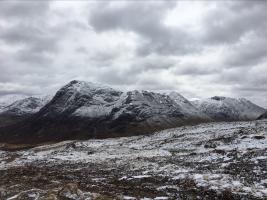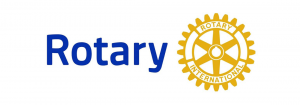New Thinking on the Battle of Stirling Bridge -Craig Mair - Thursday 5 August 2021 @ 18.45 for 19.00
Thu, Aug 5th 2021 at 6:45 pm - 8:00 pm
5th August: New Thinking on the Battle of Stirling Bridge, by Craig Mair. New research now challenges the traditional view of the battle, and I'll outline this in my talk.

NEW THINKING ON THE BATTLE OF STIRLING BRIDGE
Thomas Carlyle’s suggestion that “history is a distillation of rumour” might well have provided a subtitle for local historian, Rotarian Craig Mair’s talk to the Club on Thursday. Craig’s subject was “New Thinking on the Battle of Stirling Bridge”. There was, he said, clearly no suggestion of a change in the outcome of the battle when, in 1297, the Scottish forces defeated the English; but new investigations have revisited important aspects of the battle. Much of the information about the battle was handed down in the writings of Blind Harry who is recorded as having received payments from James IV for his poem celebrating the bravery and heroism of William Wallace. His work was influential as a source for Reverend William Nimmo’s “The History of Stirlingshire”, first published in 1777, which was regarded for the next 200 years as the authoritative source for information about the battle.
New investigations have, however, questioned aspects of both these sources. Craig exemplified this revised assessment by looking at the reported relative strengths of the two forces. In Blind Harry’s poem and Nimmo, the English force was estimated at 50,000, with the Scottish as 10,000, most of whom were reportedly gathered by Wallace. The intention, as Craig suggested, was to see the victory on a David and Goliath scale. Later studies have, however, concluded that the English force was nearer to 6,500, with the Scottish force about 6,000, of which, it is likely that Wallace gathered no more than 1,500 men, whereas Andrew of Moray, his co-commander, the son of the Sir Andrew of Moray, had gathered some 4,500 men.
In terms of the location of the bridge itself, earlier accounts suggested it was near Kildean, whereas later investigation has ascertained that it was about 60 yards upstream of the existing stone bridge. Of all the misrepresentations, however, in terms of suggested location, pride of place must go the film “Braveheart” which portrayed the battle without any reference to a bridge.
But perhaps the most shift important shift in opinion is in attributing credit for the victory. This is now increasingly focused on the role of Andrew of Moray who, with the majority of troops at his disposal, and as the more senior military leader, almost certainly played the more significant role in achieving the outcome. His death from wounds shortly after the battle has almost certainly been a contributing factor in the credit for the victory and the associated glory being credited to William Wallace, who was then presented as the deliverer of the country and as a leader of opposition against the English.
.jpg)







